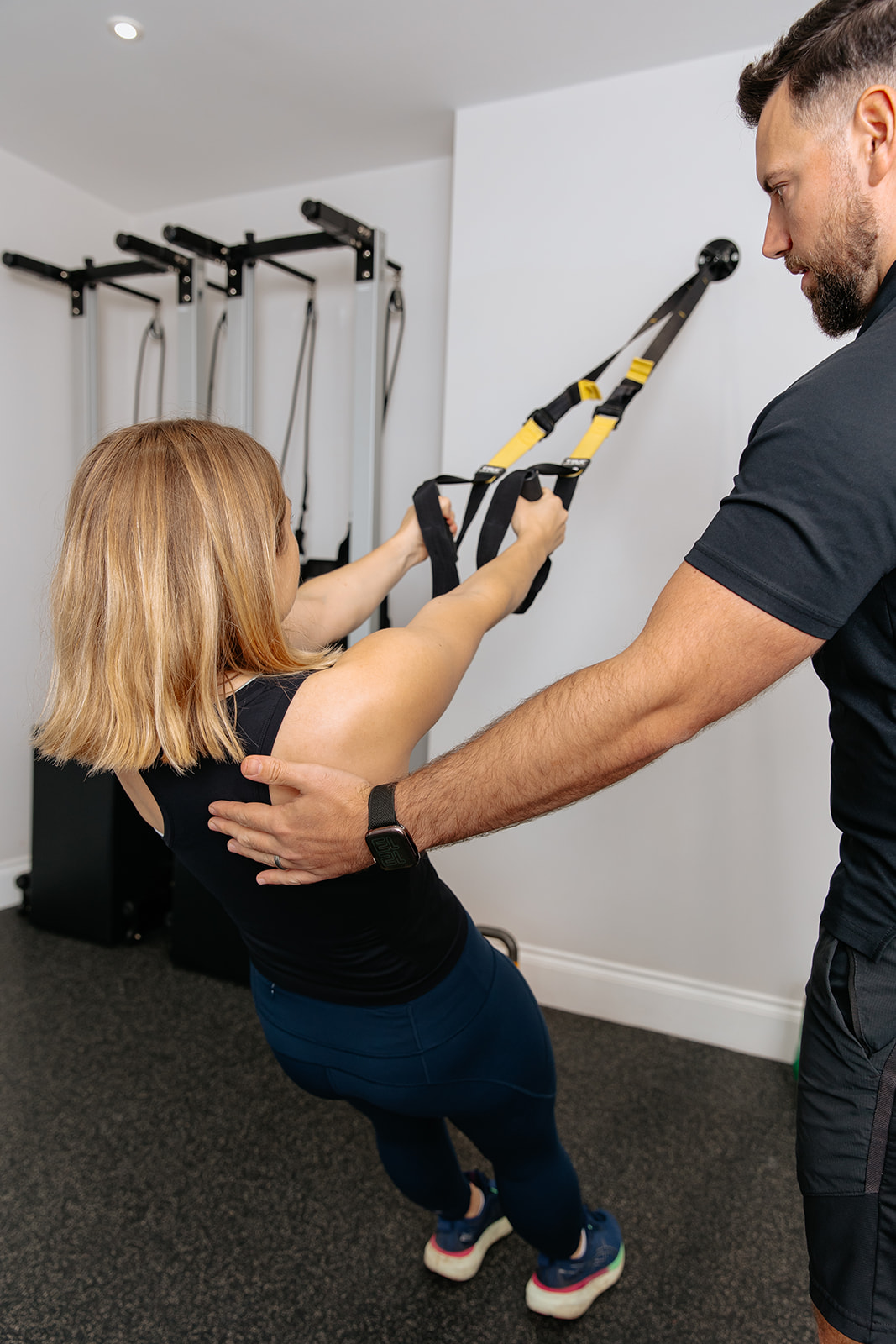Steph Hatt
June 09, 2023
January 17, 2020

It can sometimes feel overwhelming when setting out to achieve a new goal. Two common questions that we hear at Hatts are ‘Where do I start?’ and ‘How do I make sure I succeed?’ I’m Danny, one of the Senior Pilates instructors at Hatts and I’m here to guide you on how to do just that:
Start with a goal. It’s really important to know firstly what change you want to make but also why you want to make that change. Knowing and understanding the WHY is the most powerful way to get started. For example, you have decided you want to get fitter this year. Ask yourself why? What difference will this make to your life or other people’s life? Just like the goal, the why will be different for everyone, yet everyone should have one.
Make your goals SMART. SMART is a frequently used acronym in the corporate world but it works equally well in the world of health and fitness. It is a tool to help you build a plan around your goal to help keep you on track. It stands for:
Specific
Measurable
Achievable
Relevant
Time
Let’s explore this in more detail:
Specific – Identify exactly what your goal is and make it as specific as possible. For example, the above example ‘I want to be fitter’ is a relatively vague goal which often makes it harder to stay motivated. Think about what you want to be able to do that your current level of fitness is preventing you from doing. That then, is your goal.
Measurable – This is strongly linked to being specific. You must be able to measure your progress and achievements. This could be a distance you want to be able to walk or run for example. A great way to start is by measuring and understanding where you are now so that you can look back and see your progression as you work towards your goal.
Achievable – Ask yourself ‘Is my goal realistic?’. If a goal is unachievable then your motivation is likely to wane quickly. If you’re injured and have no prior running experience, then the London Marathon 2020 might be an unrealistic goal to set at this time. As above, you must understand your starting point. It is hard to be objective with this, so using data, or seeking a professional opinion is often a great way to start. Achieving goals is very satisfying and motivational, so I often recommend breaking the end goal into smaller sub-goals you can tick off along the way. Alternatively, you can re-assess yourself periodically throughout the year to track your progress.
Relevant – You’re probably wondering what I mean by relevant. In this case, I’d encourage you to set a goal that means something to you or others around you. Make it impactful. Very few people are motivated to do something just because someone told them to. When setting your original goal, keep delving into why you want this or what impact it will have on you or your friends and family, and then tell them. It will help keep you accountable and they can even help you along the way.
Time – I always advise putting a time scale on your goal so that you have something to work towards. Not only is this a big factor in staying motivated, it also enables you to work backwards and plan your sub-goals or re-assessments to make sure you’re on target. This is a great time to reflect and look back at where you started and the progress you have made. You can also use this as a launchpad for your next goal.
Struggling to make your goal SMART? We’re here to help. To speak with myself or another member of our team, please call us on 01380 730473.